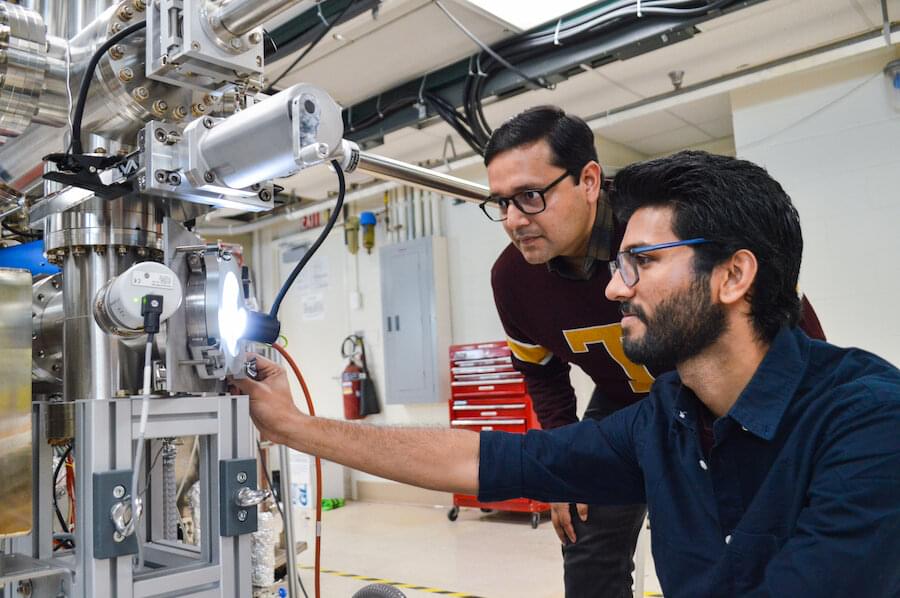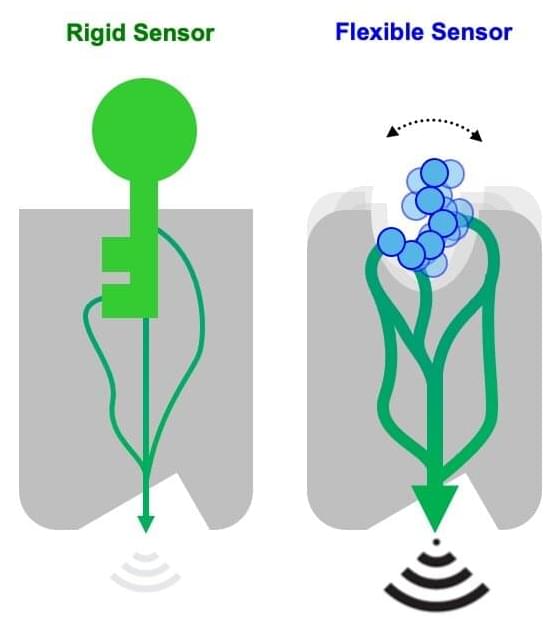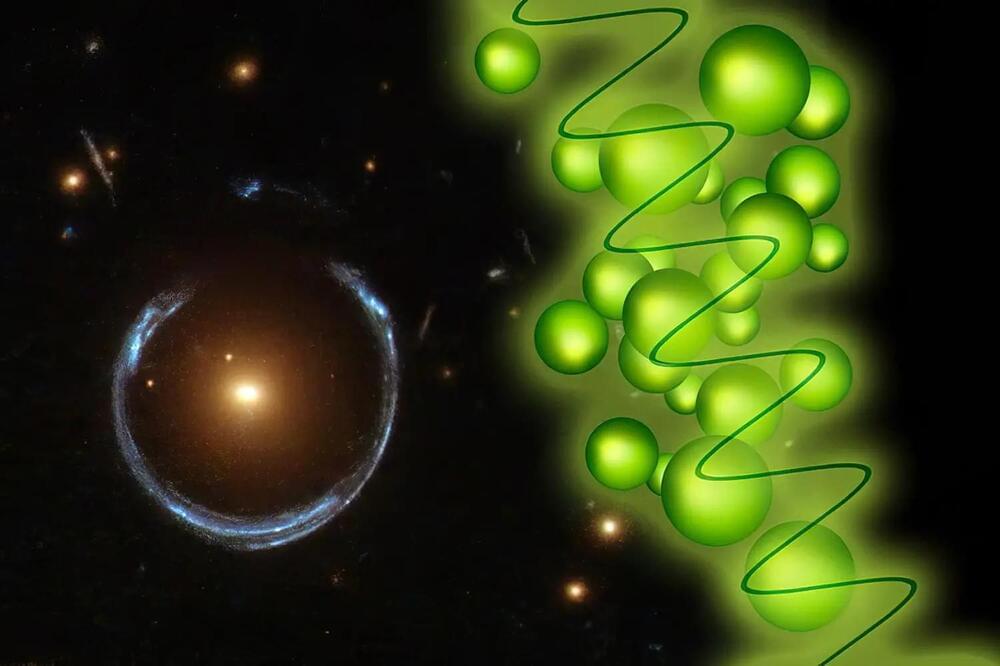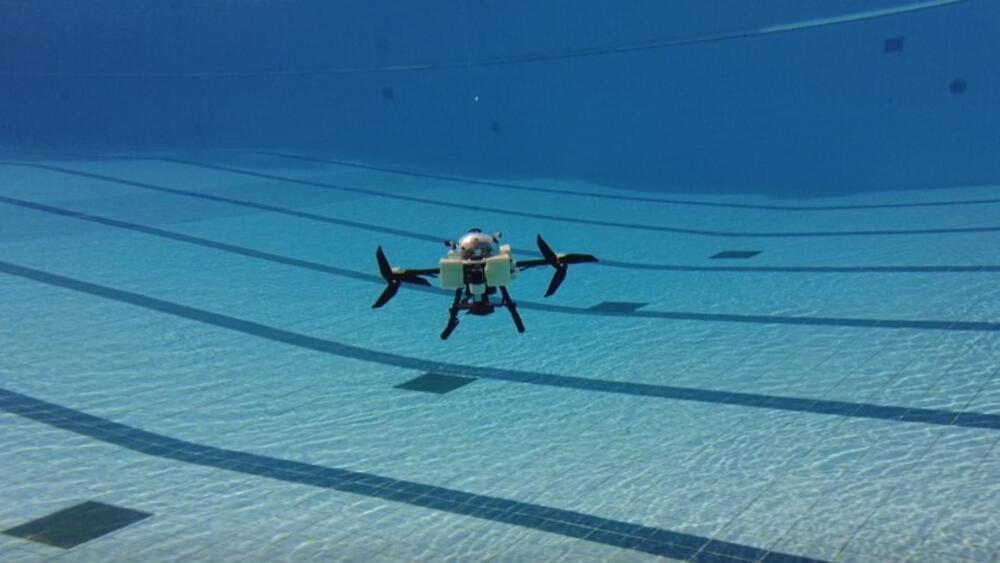Elon Musk is bucking a billionaire trend. He says he doesn’t plan to hand over his companies, which include Tesla, Twitter, and SpaceX, to his kids.


Robots are helping humans in a growing number of places – from archaeological sites to disaster zones and sewers. Here’s 9 of the most interesting robots.

A University of Minnesota Twin Cities-led team has developed a first-of-its-kind, breakthrough method that makes it easier to create high-quality metal oxide thin films out of “stubborn” metals that have historically been difficult to synthesize in an atomically precise manner. This research paves the way for scientists to develop better materials for various next-generation applications including quantum computing, microelectronics, sensors, and energy catalysis.
The researchers’ paper is published in Nature Nanotechnology.
“This is truly remarkable discovery, as it unveils an unparalleled and simple way for navigating material synthesis at the atomic scale by harnessing the power of epitaxial strain,” said Bharat Jalan, senior author on the paper and a professor and Shell Chair in the University of Minnesota Department of Chemical Engineering and Materials Science.

It may be that the famous Higgs boson, co-responsible for the existence of masses of elementary particles, also interacts with the world of the new physics that has been sought for decades. If this were indeed to be the case, the Higgs should decay in a characteristic way, involving exotic particles. At the Institute of Nuclear Physics of the Polish Academy of Sciences in Cracow, it has been shown that if such decays do indeed occur, they will be observable in successors to the LHC currently being designed.
When talking about the ‘hidden valley’, our first thoughts are of dragons rather than sound science. However, in high-energy physics, this picturesque name is given to certain models that extend the set of currently known elementary particles. In these so-called Hidden Valley models, the particles of our world as described by the Standard Model belong to the low-energy group, while exotic particles are hidden in the high-energy region. Theoretical considerations suggest then the exotic decay of the famous Higgs boson, something that has not been observed at the LHC accelerator despite many years of searching. However, scientists at the Institute of Nuclear Physics of the Polish Academy of Sciences (IFJ PAN) in Cracow argue that Higgs decays into exotic particles should already be perfectly observable in accelerators that are successors to the Large Hadron Collider – if the Hidden Valley models turn out to be consistent with reality.
“In Hidden Valley models we have two groups of particles separated by an energy barrier. The theory is that there could then be exotic massive particles that could cross this barrier under specific circumstances. The particles like Higgs boson or hypothetic Z’ boson would act as communicators between the particles of both worlds. The Higgs boson, one of the most massive particle of the Standard Model, is a very good candidate for such a communicator,” explains Prof. Marcin Kucharczyk (IFJ PAN), lead author of an article in the Journal of High Energy Physics, which presents the latest analyses and simulations concerning the possibility of detecting Higgs boson decays in the future lepton accelerators.

Biosensors are artificial molecular complexes designed to detect the presence of target chemicals or even biomolecules. Consequently, biosensors have become important in diagnostics and synthetic cell biology. However, typical methods for engineering biosensors focus on optimizing the interactions between static binding surfaces, and current biosensor designs can only recognize structurally well-defined molecules, which can be too rigid for “real-life” biology.
“We developed a novel computational approach for designing protein-peptide ligand binding and applied it to engineer cell-surface chemotactic receptors that reprogrammed cell migration,” says EPFL professor Patrick Barth. “We think that our work could broadly impact the design of protein binding and cell engineering applications.”
The new biosensors developed by Barth’s group can sense flexible compounds and trigger complex cellular responses, which open up new possibilities for biosensor applications. The researchers created a computational framework, which is a computer-based system, for designing protein complexes that can change their shape and function dynamically—as opposed to the conventional static approaches. The framework can look at previously unexplored protein sequences to come up with new ways for the protein’s groups to be activated, even in ways that are different to their natural function.

New techniques can answer questions that were previously inaccessible experimentally — including questions about the relationship between quantum mechanics and relativity.
Scientists at TU Wien and other institutions have developed a “quantum simulator” using ultracold atomic clouds to model quantum particles in curved spacetime, marking a major step toward reconciling quantum theory and the theory of relativity. The model system offers a tool to study gravitational lensing effects in a quantum field, which may lead to new insights in the elusive field of quantum gravity and other areas of physics.
The theory of relativity works well when you want to explain cosmic-scale phenomena — such as the gravitational waves.

China has slipped to number two, but is that intentional?
The US has edged past China when it comes to being home to the world’s fastest supercomputers. The number of machines in the U.S. is now 150, up from 126 last year, while the number of supercomputers from China fell from 162 to 134, Techspot.
Supercomputers are capable of crunching large numbers for advanced scientific applications and have become synonymous with a nation’s pursuit of technological progress.
It is fireproof and produces 2,500 fewer tonnes of CO2 in comparison to traditional buildings.
Singapore is now home to the largest wooden building in Asia. Named after the Greek goddess of Earth, Gaia is a 6-story structure inside the Nanyang Technological University (NTU) in Singapore. Students and the Nanyang Business School faculty will use the 43,500m square-meter facility.
As per the press release, Gaia is the eighth such project taken up by the university in its bid to install zero-energy structures to support sustainability.
YouTube.
Named after the Greek goddess of Earth, Gaia is a 6-story structure inside the Nanyang Technological University (NTU) in Singapore. Students and the Nanyang Business School faculty will use the 43,500m square-meter facility.

The new amphibious drone has a light design and weighs just 1.63 kilograms.
China’s researchers have unveiled the creation of a one-of-a-kind “aerial-aquatic hybrid drone” capable of performing a wide range of tasks. Named TJ-FlyingFish, it is a hybrid drone that can both fly and dive underwater.
This remarkable drone has the potential to be a game-changing tool in various sectors of life. As per the developers, it could include assisting with offshore construction, monitoring marine habitat, conducting aerial and aquatic surveys, remote sensing, and search-and-rescue operations, among other things.